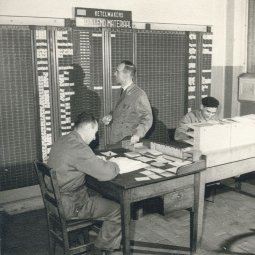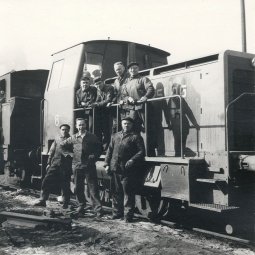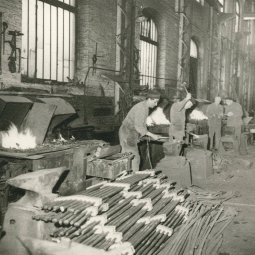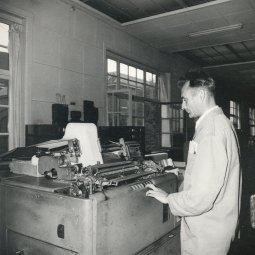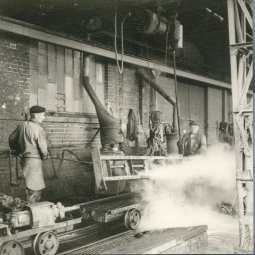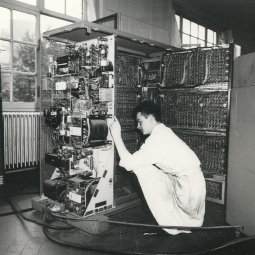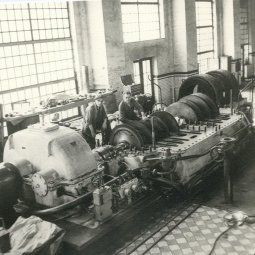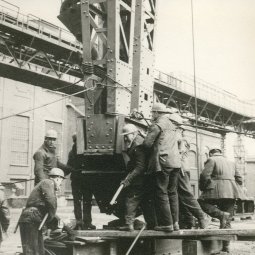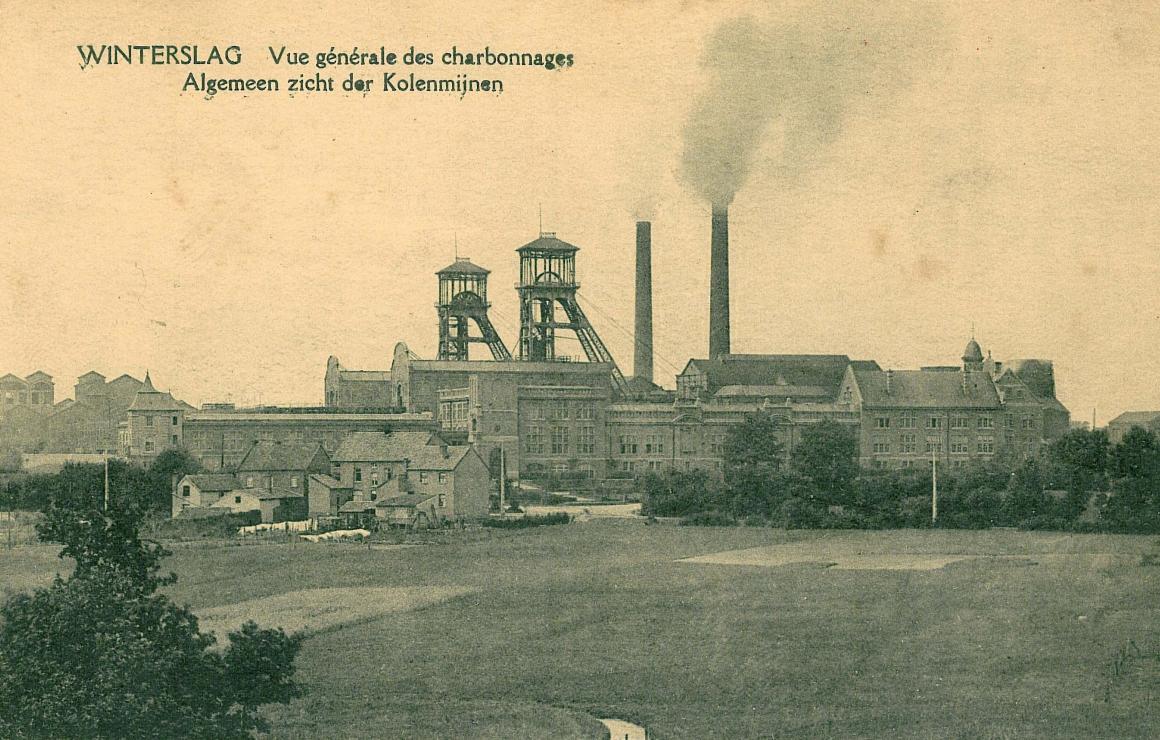History
It’s the year 1900, and Genk is a quiet village of about 3000 souls. At that time, Genk’s fame rests on its natural beauty. This attracted numerous artists and painters, who came to Genk to be inspired for their art. In 1901, André Dumont discovered coal near Genk; soon after, three coal mines spring up: Zwartberg, Waterschei and Winterslag.
The mining site at Winterslag is particularly vast; in addition to the buildings above ground, it consists of a fully-developed undergound concession stretching many kilometres from the pithead. This is where in 1914 the very first lump of coal of the Kempen Basin is extracted. Commercial exploitation only starts in 1917, however. Just over 70 years of operation later, on 31 March 1988, the mine closes permanently.
The complex of mining buildings at Winterslag has been an officially protected site since 1993. However, the coal washing plant, brickworks, workhouses and cooling towers have not been preserved. Still present on site are the lamp- and shower room (‘lampisterie’), the office buildings, the machine building with power plant and the collection machines (in the Energiegebouw, or Energy Building), the warehouses, the horse stables and the two pit towers.
Following the mine closure, the city of Genk was on the lookout for a new role for the immense mining complex at this location. In the year 2000, the idea was born to locate a hub for the creative industries at the site of the former Winterslag coal mine. In 2001, the city of Genk acquired the site from LRM (Limburgse Reconversie Maatschappij) and in 2005, the name ‘C-mine’ was inaugurated.
